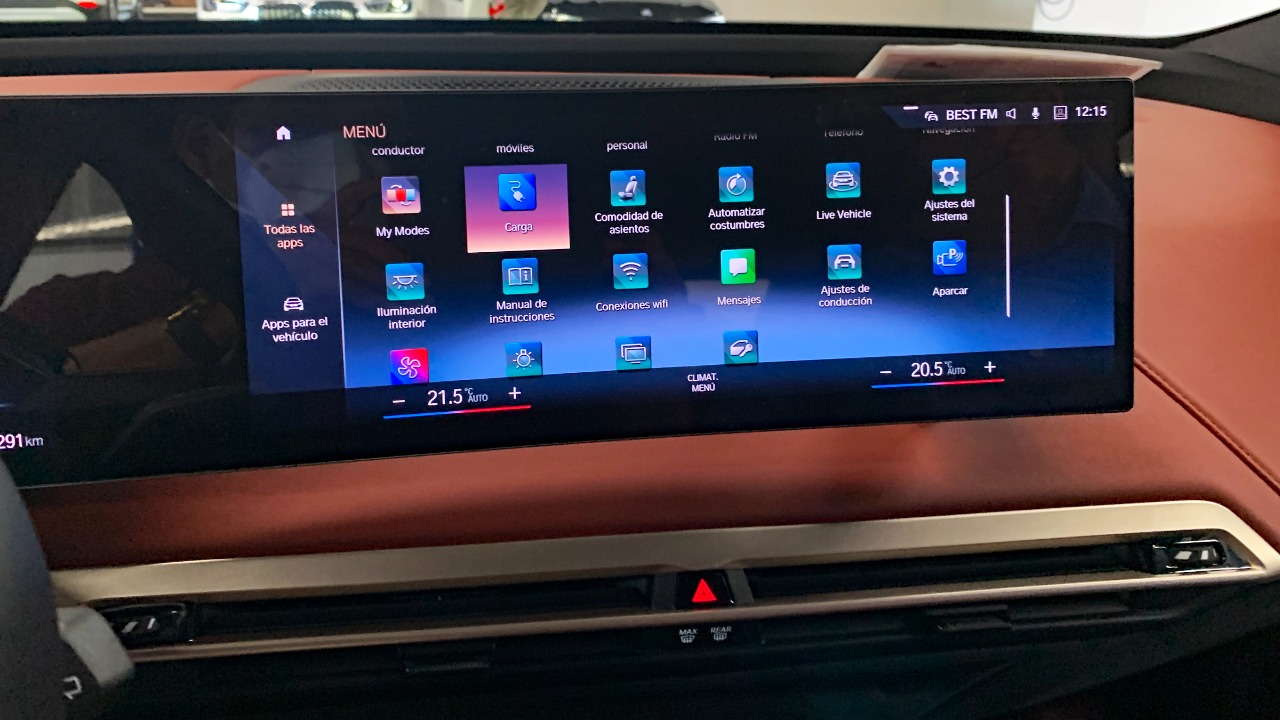
Google has announced a significant change for Android Auto users, as the app will soon drop support for devices running Android 8.0 Oreo or earlier. This update, starting with version 10 of the app, means users with older phones will need to upgrade their operating systems or consider purchasing new devices to continue enjoying Android Auto’s features. The policy update, detailed in Google’s official support documentation, encourages users to check their device compatibility through the Google Play Store.
What Devices Are Impacted?
Android Auto version 10 will no longer support phones running Android 8.0 Oreo or below. This change affects models such as the Samsung Galaxy S8, Google Pixel 2, and OnePlus 5, provided they haven’t been updated beyond this OS version. Users can verify their device’s eligibility by navigating to Settings > About phone to check the Android version. Additionally, attempting to update Android Auto via the Google Play Store on an incompatible device will trigger a warning prompt. This cutoff ensures that devices running Android 9.0 Pie or higher, like the Samsung Galaxy S9 and Google Pixel 3 series, remain compatible with the latest app version.
The decision to end support for older Android versions reflects Google’s strategy to streamline its services and focus on newer technologies. By phasing out legacy OS support, Google aims to enhance security and performance, as Android 8.0 lacks the modern APIs necessary for Android Auto’s evolving features, such as wireless connectivity and AI integrations. This move also aligns with previous updates, such as when Android Auto 7 dropped support for Android 6.0 Marshmallow in 2021, allowing for faster development of new functionalities.
Why Is Google Ending Support for Older Android Versions?
Google’s decision to discontinue support for older Android versions is driven by a need to focus on security and performance improvements. Android 8.0, released in 2017, does not support the modern APIs required for the latest Android Auto features, which include wireless connectivity and advanced AI integrations. By reallocating development resources to newer platforms, Google can ensure quicker iterations on bug fixes and introduce new functionalities more efficiently. This approach mirrors past updates, such as the 2021 phase-out of Android 6.0 Marshmallow support.
Another factor influencing this decision is the relatively small user base on outdated OS versions. As of the third quarter of 2023, less than 5% of active Android devices were running versions older than Android 9.0. This statistic allows Google to concentrate on the majority of users who are on Android 10 or later, ensuring that the most widely used devices receive the best possible support and features.
How to Check and Upgrade If Affected
To determine if your device is affected, open the Google Play Store, search for “Android Auto,” and attempt to update the app. If your device runs Android 8.0 or lower, you will encounter an error message stating, “This app isn’t available for your device.” For those with eligible devices, upgrading to the latest OS version can be done via Settings > System > System Update. However, many older phones, such as the 2017 Moto Z series, may no longer receive official updates from manufacturers, leaving users with limited options.
For those unable to upgrade their devices, alternatives include using the Android Auto for Phone Screens app as a temporary wired workaround. While this option provides some functionality, it lacks the full integration and safety features of the standard Android Auto experience. Users might also explore third-party mirrors, though these solutions come with their own limitations and potential security risks.
What Features Will Be Lost and Workarounds
Users affected by the update will lose access to several core Android Auto functions, including split-screen multitasking, Google Assistant voice commands, and direct integration with apps like Waze and Spotify on the car’s display. These features are integral to the seamless in-car experience that Android Auto provides, making the loss significant for those who rely on these capabilities daily.
As a temporary measure, users can continue using Android Auto version 9.1, which remains installable on older devices. However, this version will not receive security patches or new features after December 2023, posing potential risks and limitations. For a more sustainable solution, Google recommends trading in older devices through programs like the Pixel Trade-In, which offers credits of up to $600 toward compatible models such as the Pixel 8 series. This option not only ensures continued access to Android Auto but also provides users with the latest smartphone technology.